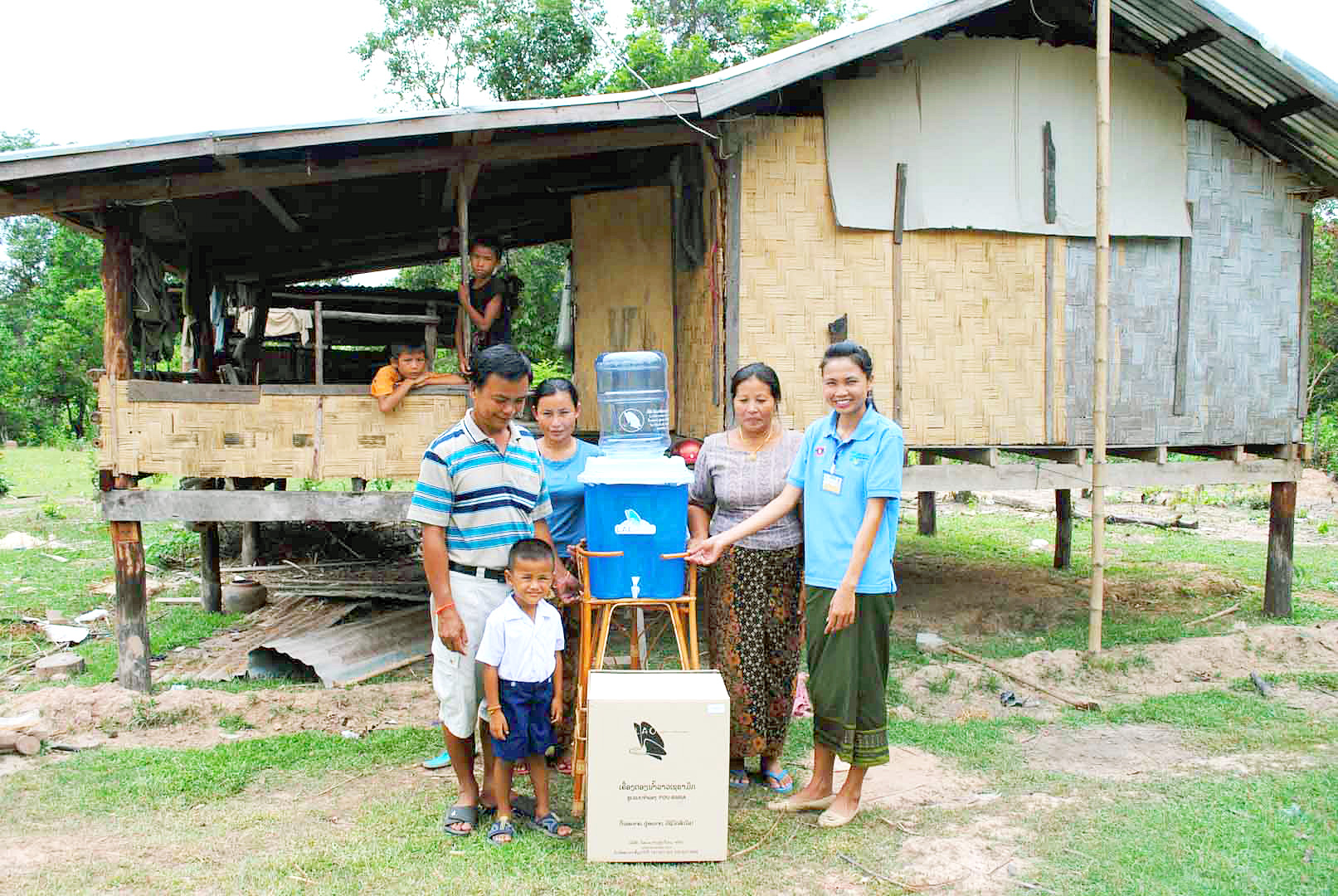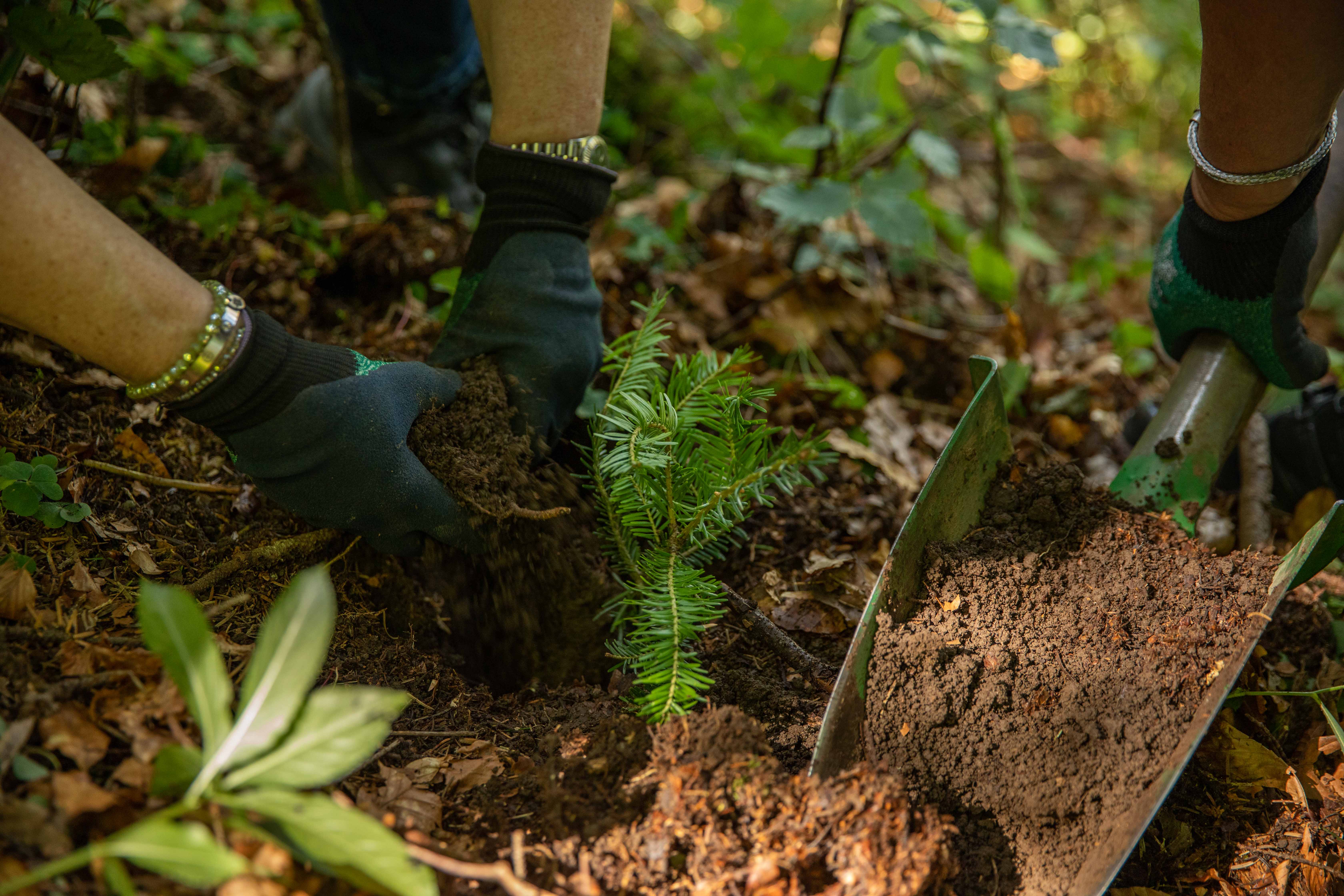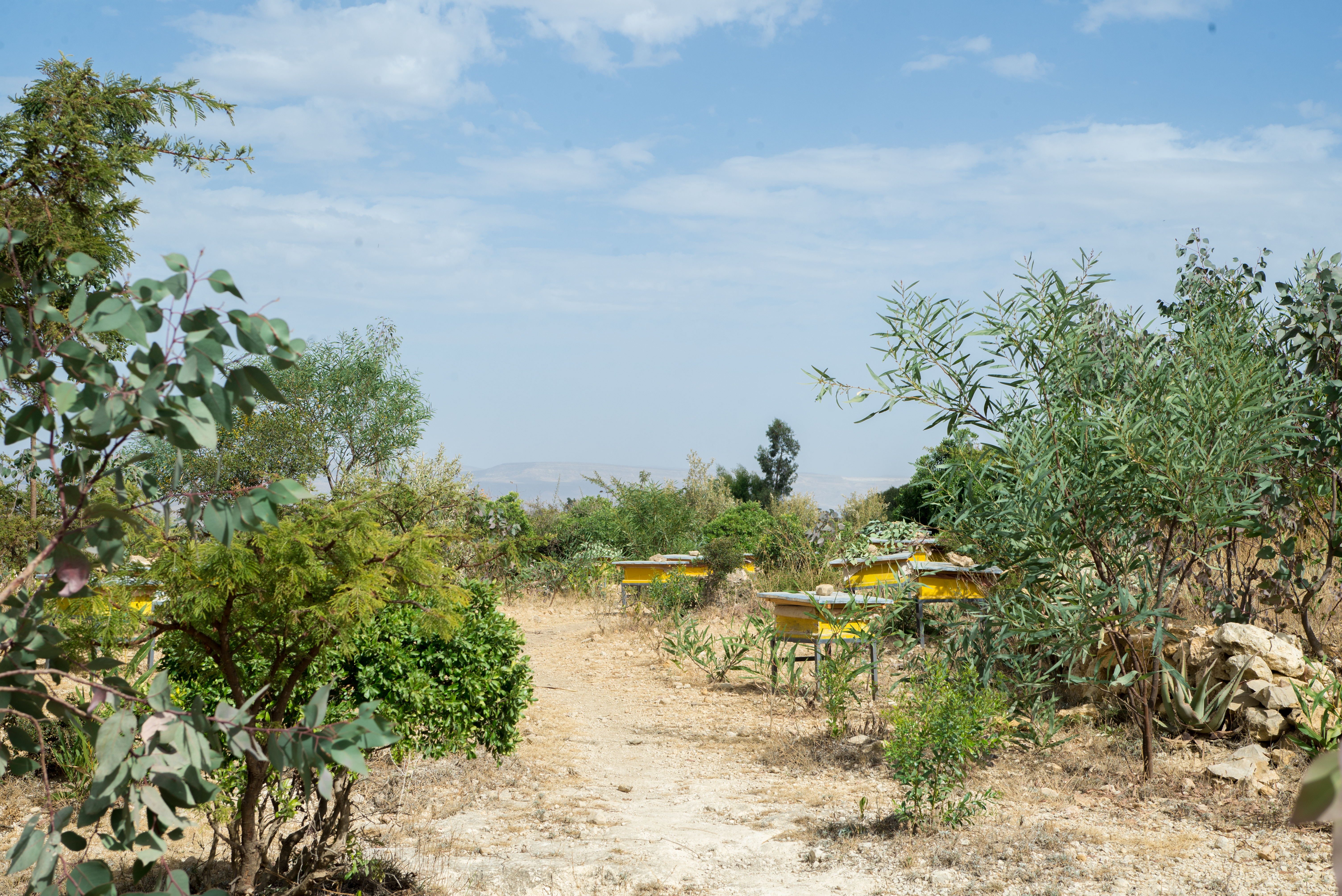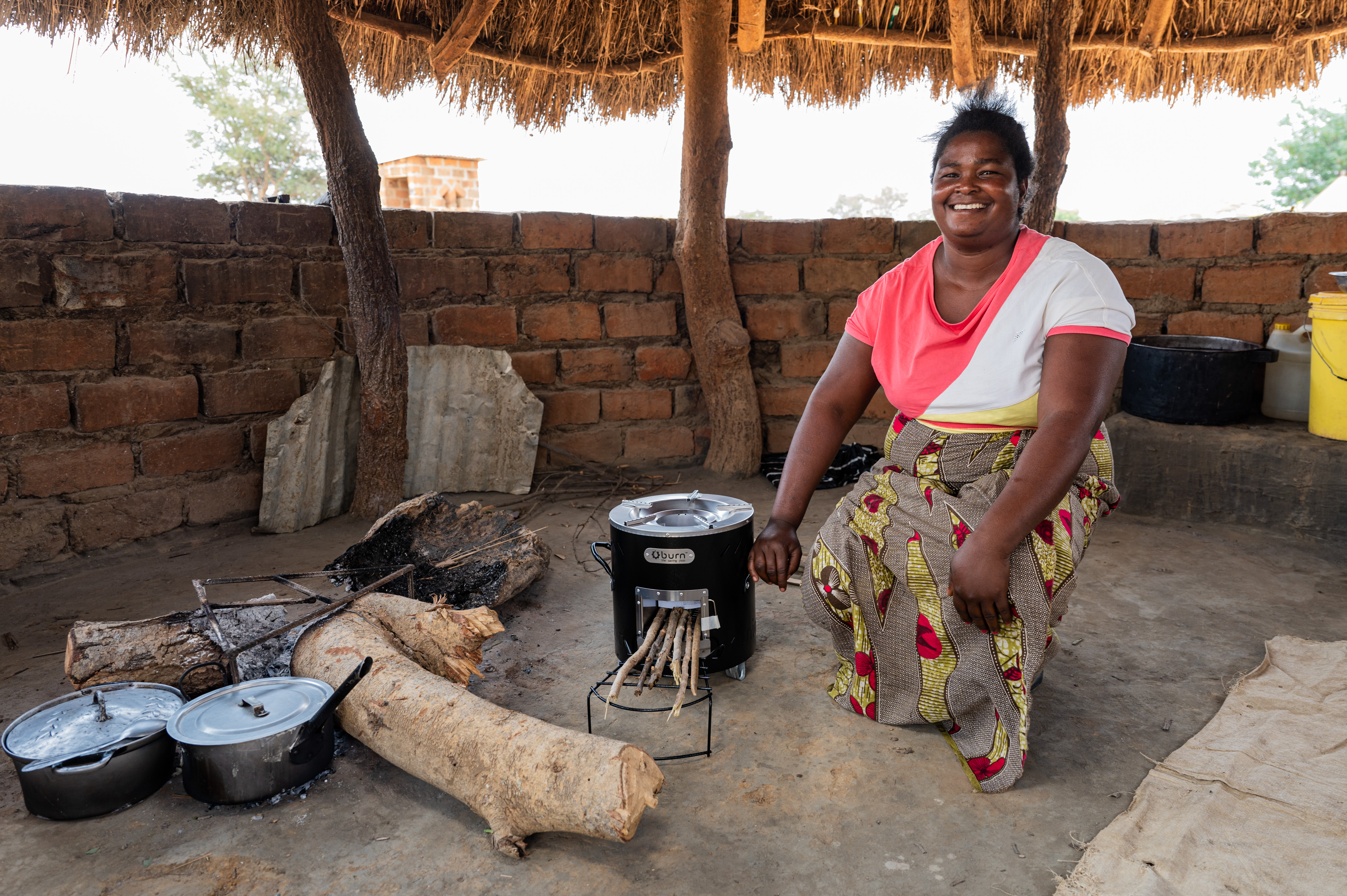A simple stoves helps improve lives in Malawi
The project activity aims at distributing 41,472 improved cookstoves that are more efficient and use less wood for household cooking and heating than traditional stoves. The new stoves are three times as efficienct as the three stone and unimproved cook-stoves used prior to the project activity. This results from an improved combustion and heat transfer, raising the cooking pot to the hottest point above the flame, and improved heat retention. To make sure efficiency is maximised, the project promotes using less and dry firewood, a pot lid and soaking legumes before cooking. The stoves called "Chitetezo Mbaula" are manufactured locally from local materials, resulting in higher income generation and acquisition of new skills for local people.
Ancillary benefits include reduced smoke during cooking, which reduces exposure to health damaging pollutants and reduced time and effort procuring woodfuel. The stoves are attractive to end-users and can result in quicker cooking times. The entire Programme of Activities (PoA) has been growing for 10 years and so far reached over 2.5 million people.

According to a statistic from the World Health Organization (WHO, 2024) around a third of the global population still relies on unsafe and environmentally harmful cooking methods. This includes, for example, cooking over open fires or using polluting cooking fuels, such as coal or kerosene. Improved cookstoves tackle this problem by using thermal energy more efficiently.
Depending on the model, an improved cookstove can reduce fuel consumption by up to 70 percent, which significantly saves CO2 emissions and can lower the pressure on local forests as less firewood needs to be harvested.
Improved cookstove projects allow the distribution of the - often simple - devices made from metal or clay to households, small enterprises or community facilities. Especially for households, this has an impact beyond the CO2 reduction: better indoor air quality decreases respiratory diseases and families can save time and money as less fuel is needed. Improved cookstoves projects in the ClimatePartner portfolio are registered with international standards.
Explore our projects
Biochar for Climate Action, Healthy Soils, and Better Harvests

A certified climate project combined with additional commitment

Expansion of renewable energy generation in Asia

Ceramic water filters save CO2 and improve health

Improved cookstoves worldwide – for better health and cleaner air

A certified climate project combined with additional commitment

Powering access to renewable energy in Africa

A certified climate project combined with additional commitment

Restored ecosystems remove carbon

Turning degraded farmlands into healthy ecosystems

Improved cookstoves - better for health and the environment





































